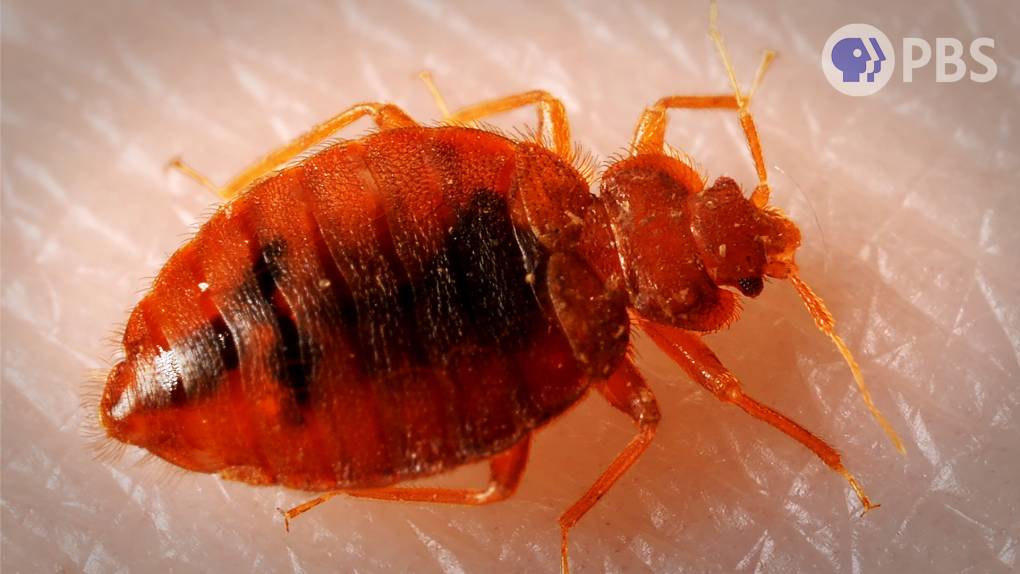
"Dust consists of tiny particles, primarily skin flakes from humans and pets, creating a micro-universe in homes, teeming with over 100 species."
"Even clean homes contain numerous species, with dust mites as a primary concern due to their enzymes that can irritate lungs and aggravate asthma."
Dust contains small particles, mainly skin flakes shed from humans and pets, forming a micro-ecosystem in homes. Research reveals that even the cleanest households harbor over 100 species, including dust mites, which can exacerbate respiratory issues, particularly in children. Dust mites thrive by consuming skin flakes and produce enzymes harmful to human health. This relationship illustrates how dust is not just an irritant but a significant concern for allergen-related health problems and raises awareness about unexplored life forms in everyday environments.
#dust #dust-mites #ecosystem #health-impact #indoor-environment #household-dust #indoor-ecosystem #health-risks #asthma #dust-ecosystem #microorganisms #indoor-air-quality #health #microbiology #household
Read at Kqed
Unable to calculate read time
Collection
[
|
...
]